
A beginner’s guide to finding and appreciating wine you love with easy to follow tips and guidelines on how to start buying and drinking wine!
For years after I turned 21, I only drank Pinot Grigio. It was a safe bet; I knew I liked it. And that was enough.
Most new wine drinkers do the same thing: play it safe and only pick one or two wines they know they love.
But think about it like food. You don’t only pick two foods you like, do you? (At least, if you’re on this blog and reading this article, I hope you don’t!) There are thousands upon thousands of delicious dishes out there. Why cut yourself short! Be curious.
The same extends to wine. There are thousands upon thousands of styles and vineyards and varietals. You aren’t guaranteed to like them all. But you’ll probably like more than just one.
You just need to find which styles, vineyards, and varietals you like best. And that’s what I’m going to help you do.
Things like smell, flavor, texture, and body can all affect your appreciation of wine. The trick is really finding which specific characteristics of wine you love most.
Check out the BEST Summer Wines that are perfect for beginners!
TLDR:
- “Wine for the Confused” by John Cleese (think of it as Wine for Kindergarteners)
- Buy 3 reds and 3 whites
- Taste Test your selections
- Write words that describe each one
- Rate them as favorite to least favorite
- Take that rating/word card with you when you go shopping again
- Ask your local wine shop owner to help you pick similar bottles
“Wine for the Confused”

The idea for this post actually came from a wonderful documentary by John Cleese called “Wine for the Confused.” (I was actually trying to find a sketch he did in At Last The 1948 Show. But my culinary-inclined search history suggested this instead.)
“Wine for the Confused” is a refreshingly light-hearted, 45-minute documentary for people who like wine but are…well…confused by most of it. Cleese takes you through some of the top red and white varietals and what sets them apart.
Think of it as super basic Wine for Pre-Schoolers. The perfect way to just dip your toe into the world of wine.
The whole thing is a blast to watch. As much for the helpful information as for the fun of watching Cleese traipse around a vineyard with wine glasses and amusing anecdotes. I cannot recommend it enough for anyone who wants a wine-themed diversion. And especially for people who are genuinely curious (and confused) about wine.
I won’t spoil it all for you, but in one moment, Cleese suggests that you collect certain descriptive words that will help you when it comes to identifying flavors in wine. Words like: chewy, spicy, fruity, creamy all indicate some property in the glass you’re drinking. If you mark down the ones you like, and the ones you don’t, you’re a step closer to identifying your own wine personal palate!
*Disclaimer: This is even simpler than Wine 101. And, he only covers wines in California. If you’re looking for in-depth expertise, this documentary isn’t for you. And neither is this article.*
Finding Your Wine Words:
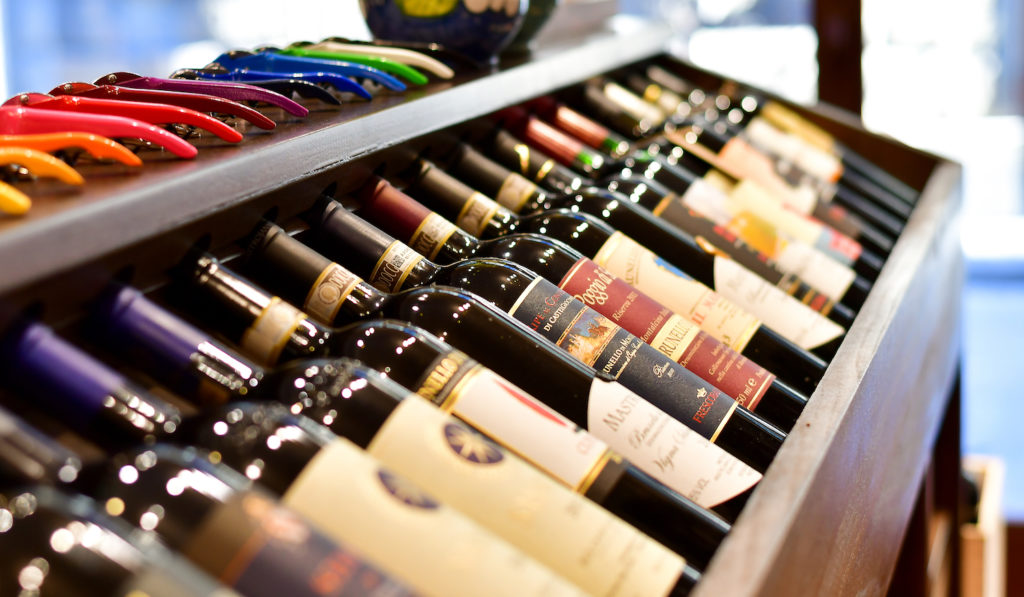
The idea is simple, but in order to find what your wine words are…you have to drink some wine. So, where do you start?
What you should do:
Go to the liquor store and buy some bottles of wine. Any wine. Make it 3 red, 3 white. (Or 2 red, 2 white if the idea of storing 6 bottles means you may have to rent an additional apartment.)
How do you pick which wines to buy?
Start simple. Go for wines you’ve heard mentioned over and over: Merlot, Pinot Noir, Chardonnay, Sauvignon Blanc, etc.
Why can’t I just ask the shop attendant to help me?
You can. By all means, ask your local liquor store owner to help you pick 3 radically different reds, and 3 different whites.
But there is a chance they will ask “what do you like.” And since the whole point is that you don’t know what you like and want to find that out, this will lead to confusion. And both of you will come away feeling very silly.
Reason 2 for going it alone at this early stage? Finding your own words to describe the wine. A wine seller will tell you what you should taste in a bottle. And when it comes time to taste test, you want to be focused on what you actually taste. Not the words some guy in a shop used to sell it to you.
Instead, select 4 to 6 different types. Bring them home. And taste them.
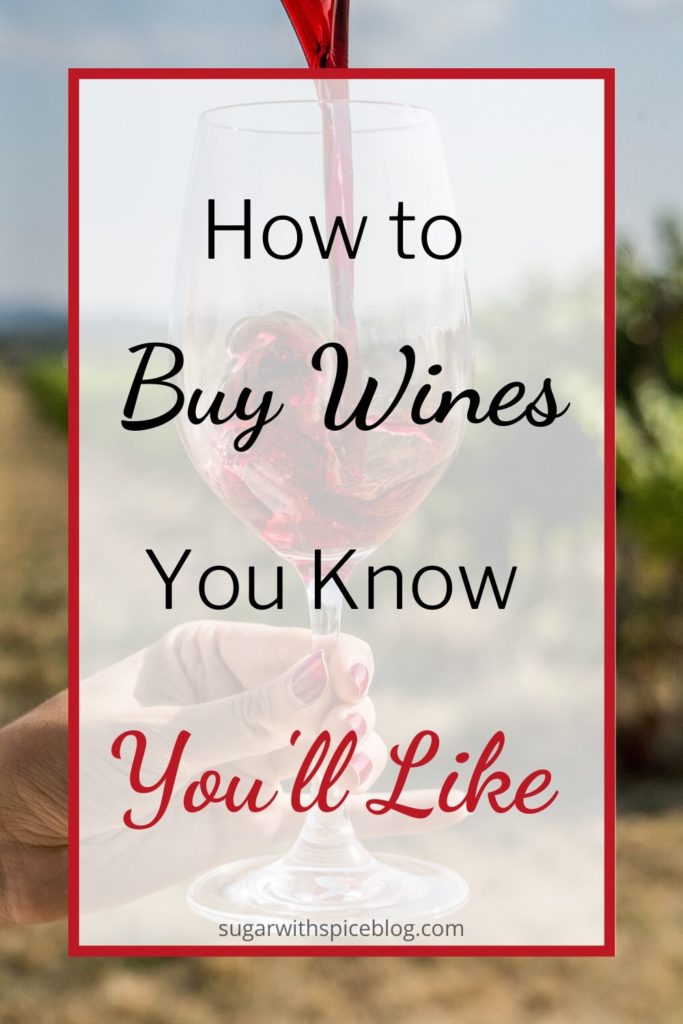
What should you do with the wines you don’t like?
Cook with them! You won’t really be able to taste the wine once it’s been all mixed up in a flavorful broth or fancy dish.
- Red wines go excellently with pasta sauces, beef marinades, and this simple stove top beef stew.
- And white wines go very well in white sauces, seafood dishes, or this one-pan chicken, potatoes, and artichoke casserole!
Tasting your Wines:
You’ve bought your bottles. Brought them home. Now the serious work begins. You’ve got to taste these wines and make note of flavors you like.
Let’s go over how to do it.
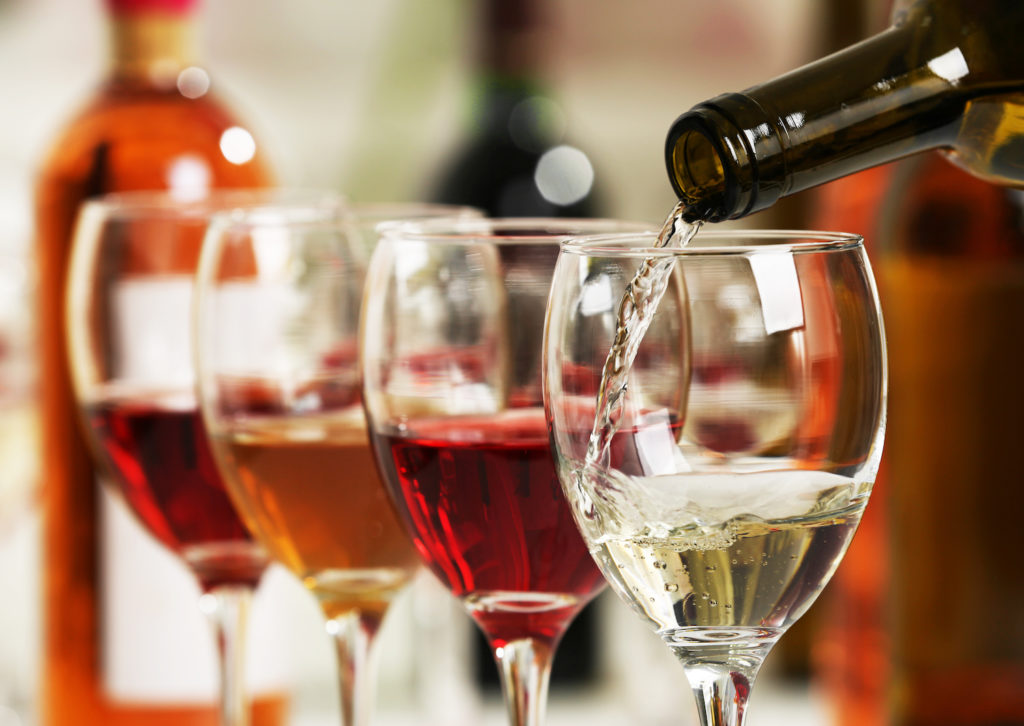
Temperature
You’ve heard the rumors that red wine needs to be served at room temperature and white wine needs to be served chilled. While that’s mostly true, these days we tend to serve wine at the extremes.
Serving Red Wine for Beginners:
Red wine should be served around 65°F. So if you keep your house at 75, maybe pop your red wine in the fridge.
Remove it from the fridge about an hour before drinking to let it warm up. If you’re just starting out, you don’t need a decanter or anything outrageous. Just make sure you pour your glasses about 10 minutes before you drink them to let the wine breathe.
Serving White Wine for Beginners:
White wine should be served slightly cooler, around 55°F. But most of us tend to serve it directly out of the fridge. Only ice wines or very crisp whites should be served fridge-cold.
Instead, most white should be taken out of the fridge just 10 minutes before serving to allow them to warm up slightly and develop more flavor.
Glasses
The shape of your glass can dramatically affect the flavor of the wine you’re serving. That’s why there are about 25 different glass types. Everything from Burgundy to Port to Standard White to Chardonnay to Flutes to Sauternes… Yes, I agree, it’s ridiculous.
Since you’re just starting out, I’m going to assume you didn’t stock up on all of those types beforehand. If you did, go read something else. This article isn’t for you. Cocky jerk.
Realistically, all you need is a standard white wine glass. Yes, it works for reds too. You want a design where the rim of the glass is narrower than the bowl. (Also helpful for those of us who tend to dump things all over our front every time we take a sip.)
My two favorite options are below. I personally love a wine glass with a stem. They just look prettier. And it stops guests from using them for water. (Or milk. Ick.)
But I know stemless glasses are popular. So for those who have tipping fears, there’s one for you too.


All of these different glasses do serve a purpose. The big one is smell. The shape of a glass changes how the wine hits your nose. And what you smell affects what you taste.
Experimenting with different wine glasses is fun, but I don’t recommend doing it on your own dime. Instead, see if you can pick out differences when you go to fancy restaurants.
And if you find that you absolutely cannot live without Bordeaux, maybe put a set of nice Bordeaux glasses on your Christmas list.
What Wine Words are you looking for?
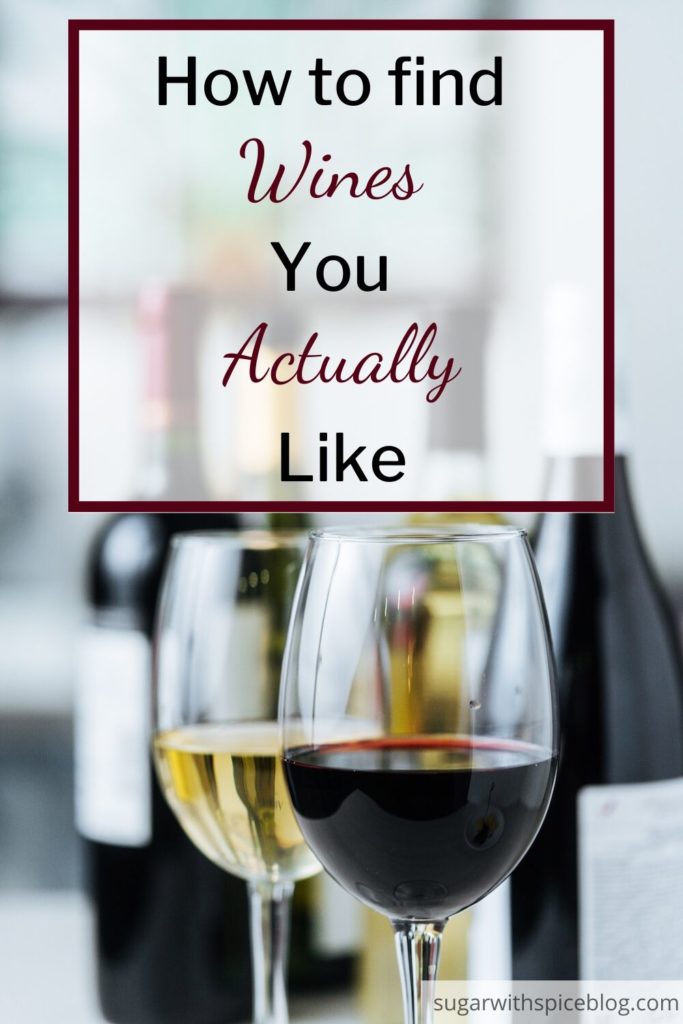
You’ve got your wine poured in your astonishingly standard glass. You’ve let it sit and breathe. You’re ready to take a sip…wait for it… what words are you even supposed to be writing down?! (That is the point here after all, as much fun as drinking wine is on its own.)
First, get something to write on. (And something to write with, for anyone who needs really clear direction.) I prefer notecards, since they are small and easy to organize and store for future reference. But you could also use a journal, loose leaf paper, dirty napkins, a crumpled old draft of your screenplay, your tear-stained resume…
Write the color, type, vineyard, and location of your current bottle at the top. While not essential, this will definitely help you in the future after glass #6 when you’re trying to remember what you drank.
Now, divide up your card into 3 sections for writing words. Title them nose, taste, and texture.
Nose
The nose section should be all words regarding how your glass of wine smells. Try to include a broad mix of specific and general words. For example, you could say it smells floral. Take that a step further and say it smells like jasmine.
Remember your wine can smell like more than one thing, so don’t spend too much time trying to narrow things down. Just write what you notice.
Taste
This section should be all about cats. Kidding. But if you’re confused about what to write here, may I refer you to Merriam Webster.
Like smell, you can have two conflicting flavors. So if you taste some hot spice as well as some sweet melons, write it down! This is all about your tasting experience.
Texture
A little less self-explanatory, keep in mind how the wine feels in your mouth. You can use words like “heavy” “chewy” “chalky” “crisp” “light” “fuzzy” “soft,” etc.
The more wine you taste, the easier it is to pick out certain textures. But when you’re just starting out write the first thing that comes to mind. No one is going to read it but you!
The clearest example of “Texture” is found in red wines. Red wines are made with skins on, which is why they have tannins. Tannins are those hard, bitter notes you get in a glass of wine. The part that feels like your whole mouth is coated after a sip.
So if you try a glass of red and it feels “velvety,” you know it has higher tannins. Don’t like that velvety, fuzzy texture? You probably prefer less tannic wine.
Don’t forget to write whether you liked the wine or not. You can do a rating system and rate your bottles on a scale if that helps you.
But I tend to just write “would drink again” or “burn vineyard to the ground.”
How to Taste Wine for Beginners
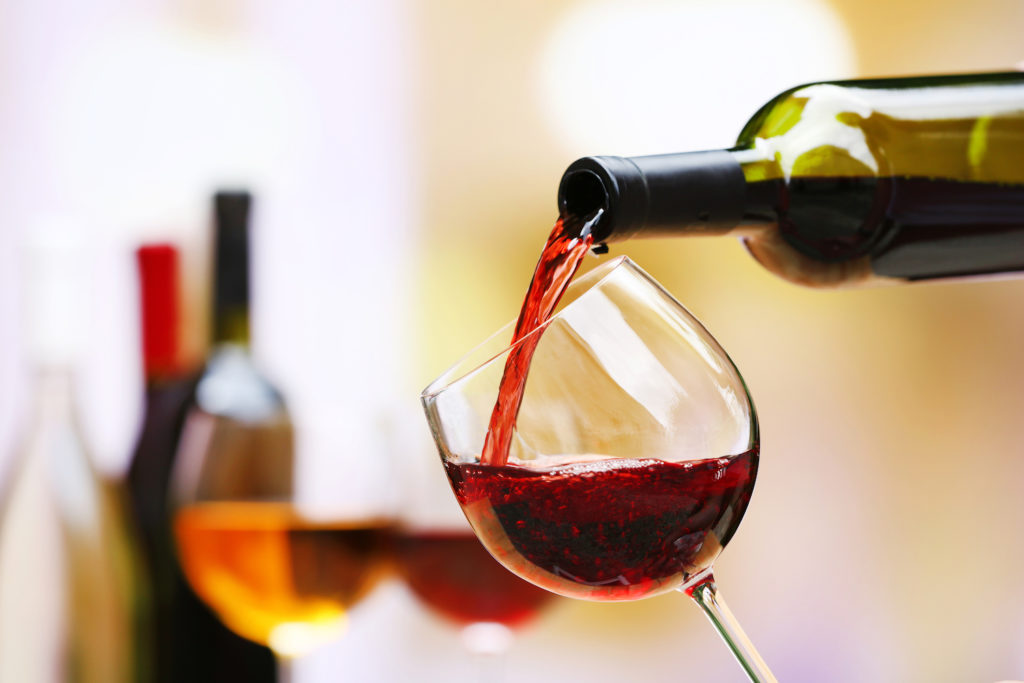
This is probably the part you really came for, right?
Smell it first
Half the joy of tasting comes from smell. (That is not a real statistic.)
Swirl your wine in the glass to get it moving. Don’t stick your nose into the glass. A. This avoids accidentally wetting your nose and B. You just don’t get all the subtle notes when you’re snorting up wine droplets.
Instead, just gently hover your nose above the glass to get the full range of smells.
Take a sip (Finally)
The moment you’ve all been waiting for…take a small sip. Not a gulp. Let the wine run around your mouth. This both aerates the wine and acclimates your mouth to the flavor of this particular glass. (Do take a note of your first impression of the glass including flavor and texture!)
Take a second sip and allow this one to coat your mouth. You’ll be able to pick out softer, subtler flavors very easily now.
Sip the rest of your glass slowly
It seems obvious, but chugging your glass doesn’t help you taste the subtle flavors any better.
A really good wine will change its characteristics as it sits in the glass. The longer it is exposed to air, the more flavors emerge.
I find this especially true of white wines, which often develop a more tropical, fruity flavor the longer they are left out to warm up and settle.
This is a great area to experiment and see if different temperatures and different breathing times affect your appreciation of the wine.
Reading Wine Bottles for Beginners
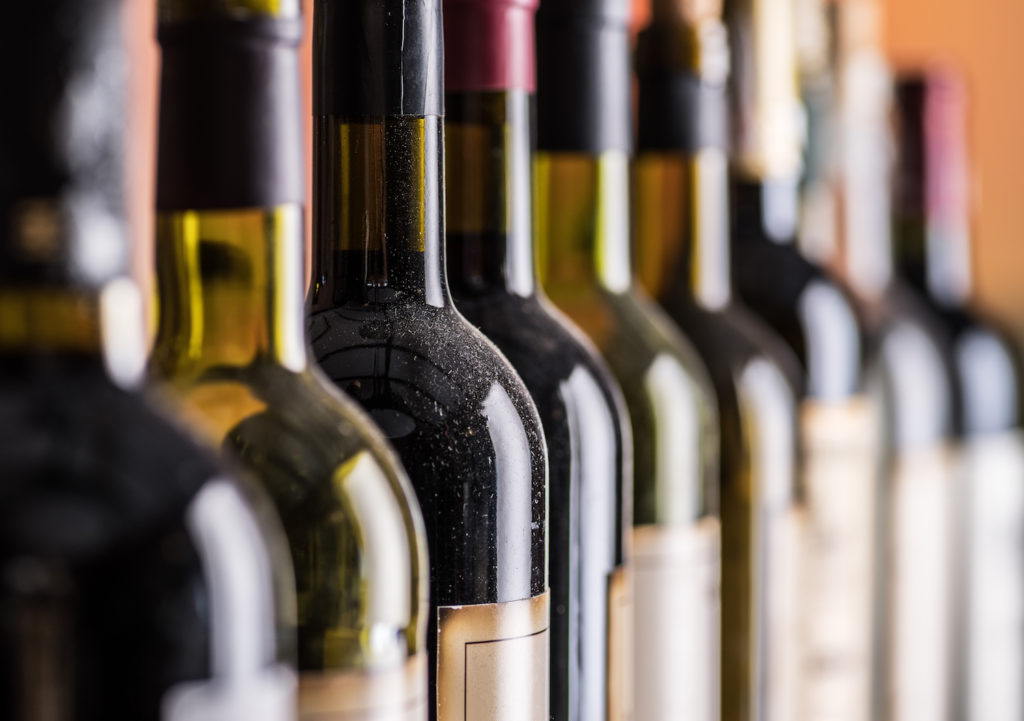
No matter how prepared your wine cards are, you’re not going to walk into a wine shop, pick up a bottle of Vigonier and find the words “full, creamy, floral, and fruity” emblazoned on the label.
Well, you might. But probably not.
Wine bottles are often crafted under the conceit that whoever is picking it up already knows what it is. (Or can deduce it from the cryptic and multilingual bottles.) This is one of the reasons beginners find it so hard to branch out.
But most bottles will include some key points of information that will help you: producer/vineyard, region, varietal, vintage, and ABV. Wine Folly has a very easy guide to reading wine bottles for beginners.
- The producer/vineyard will usually be labeled very clearly, often with a company symbol. It gets a little more confusing on Old World bottles from France, Portugal, or Italy. You may need to ask for help from a shopkeeper for those. But use context clues like “Château” or “Domaine,” and you’ll find it.
- The region is most clearly marked on USA bottles with “Napa Valley,” “Willamette Valley,” or “Sonoma Valley.”
- Varietal means the appellation or type of wine: Chardonnay, Cabernet Sauvignon, Pinot Grigio, Syrah, etc. You’ll find this marked somewhere on most New and Old World bottles. But some Old World bottles do have specific or lesser-known names that can make them hard to identify. If you can’t find an obvious variety, ask your shop attendant.
- Vintage is very simply the year of the wine. You shouldn’t have any difficulty finding this as it’s on most bottles. But some, like port, might include the harvesting and bottling year as well.
- ABV is simply alcohol by volume. You’ll find this in a percentage, usually in small font somewhere at the bottom. Higher ABV means higher alcohol percentage and therefore usually a more intense alcoholic note.
- Old World bottles can be hard to decipher, especially when you’re just starting out. Ask for help! When you are buying your first bottles, try to stick to varietals you can identify.
Next Steps:
Alright. You’ve done your taste test. You’ve listed your wine words. And you’ve picked out wine types you know you like. What do you do next?
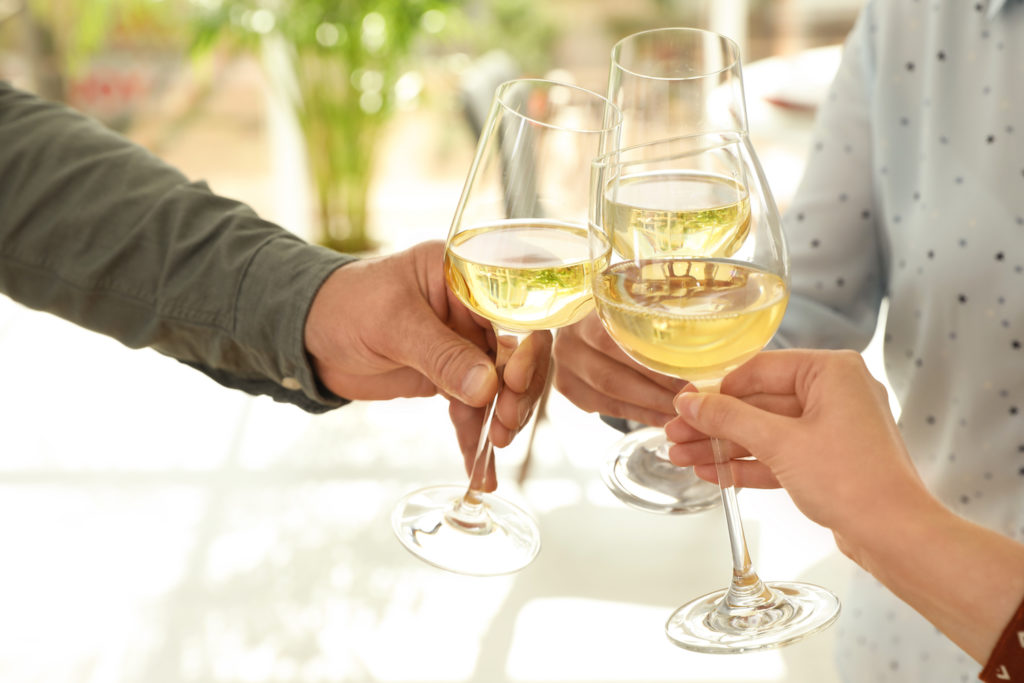
Expand and Experiment
Use your Words:
Now that you’ve got your list of words, you can start branching out beyond your six bottles. Take your wine words in to a shop and ask the local shop owner to help you pick out wines that have those characteristics.
Try Different Vineyards:
And if you really liked a certain type of wine, say Pinot Noir, make sure you try another vineyard’s version of it. Learning which vineyards you like best is also essential.
Or, ask for a new wine similar to Pinot Noir if you want to branch out in a new direction.
Temperatures:
Try drinking your favorite wines at slightly different temperatures. Chill a red just a bit and see if that cuts down on tannins. Let your favorite white wine warm up to nearly room temperatures to see if you find it less acidic.
Pairings:
Wine is a communal drink, and we usually share a glass with friends over dinner.
Cheese is a classic, but don’t stop there! You’ll be surprised at the unique flavors you’ll get when you find the perfect pairing.
If you need guidance here, try this Red Wine and Meat Pairing Guide or this White Wine and Fish Pairing Guide. And, of course, don’t forget about dessert.
Don’t get stuck saying “Oh, I hate Sauvignon Blanc.”
You tried Sauvignon Blanc this time, and absolutely hated it. Okay. Fine. (Weirdo.)
But don’t avoid it for the rest of your life. Why?
First of all, no two wines are exactly the same.
Wines change based on where in the world they are made. (Example: Warmer New Zealand creates more tropical flavored Sauvignon Blanc. Cooler France creates much more citrusy bottles.) So you may hate New Zealand Sav Blanc, but love French Sancerres!
But taking it a step further, wine flavors change based on the vineyard, the winemaking techniques, possible blending. So you may dislike Riesling from one vineyard, but really like the way they make it at another.
Second, your tastes change.
Remember when you were little and absolutely hated tomatoes? And now you eat them all the time.
Our taste buds transform and even die off as we age. So a wine you hate now may become your favorite in a few years. Don’t hesitate to try it again. Especially if someone you trust about wine is offering you a glass!
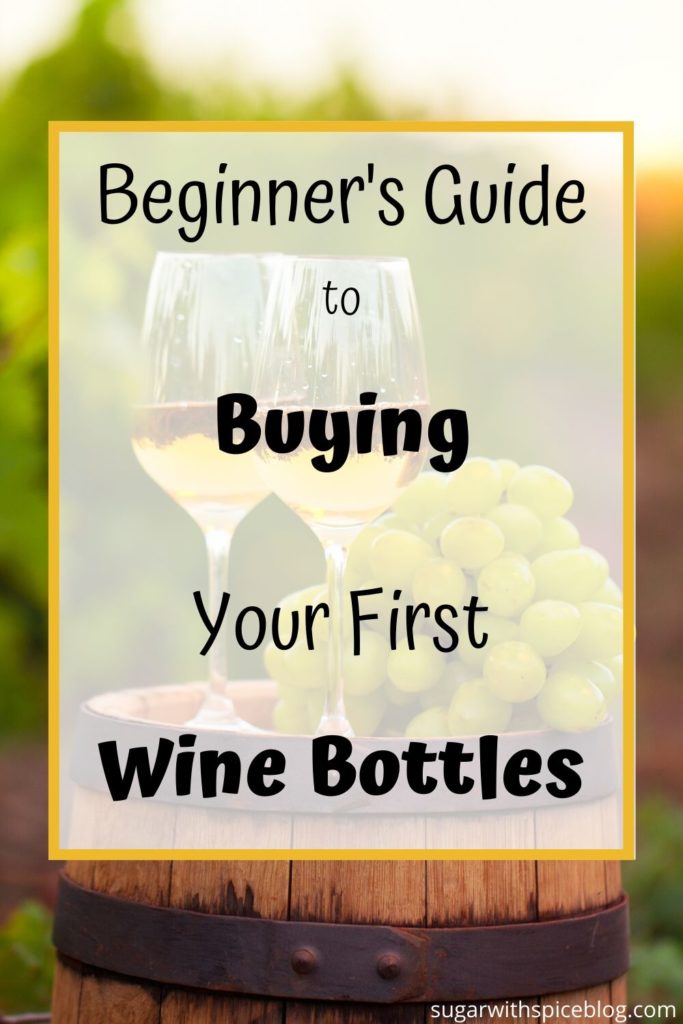
Most Importantly…
Enjoy it. This process should be fun and informative. Remember, you’re trying to find wines you like. You shouldn’t feel pressured to like something you don’t. And you shouldn’t feel silly if you can’t taste specific notes in a “highly rated bottle.”
This is about your taste, your preference, your wine. Who cares what anyone else thinks.
You won’t become an expert overnight. And you really don’t need to be an expert to just enjoy a glass of your favorite vino!


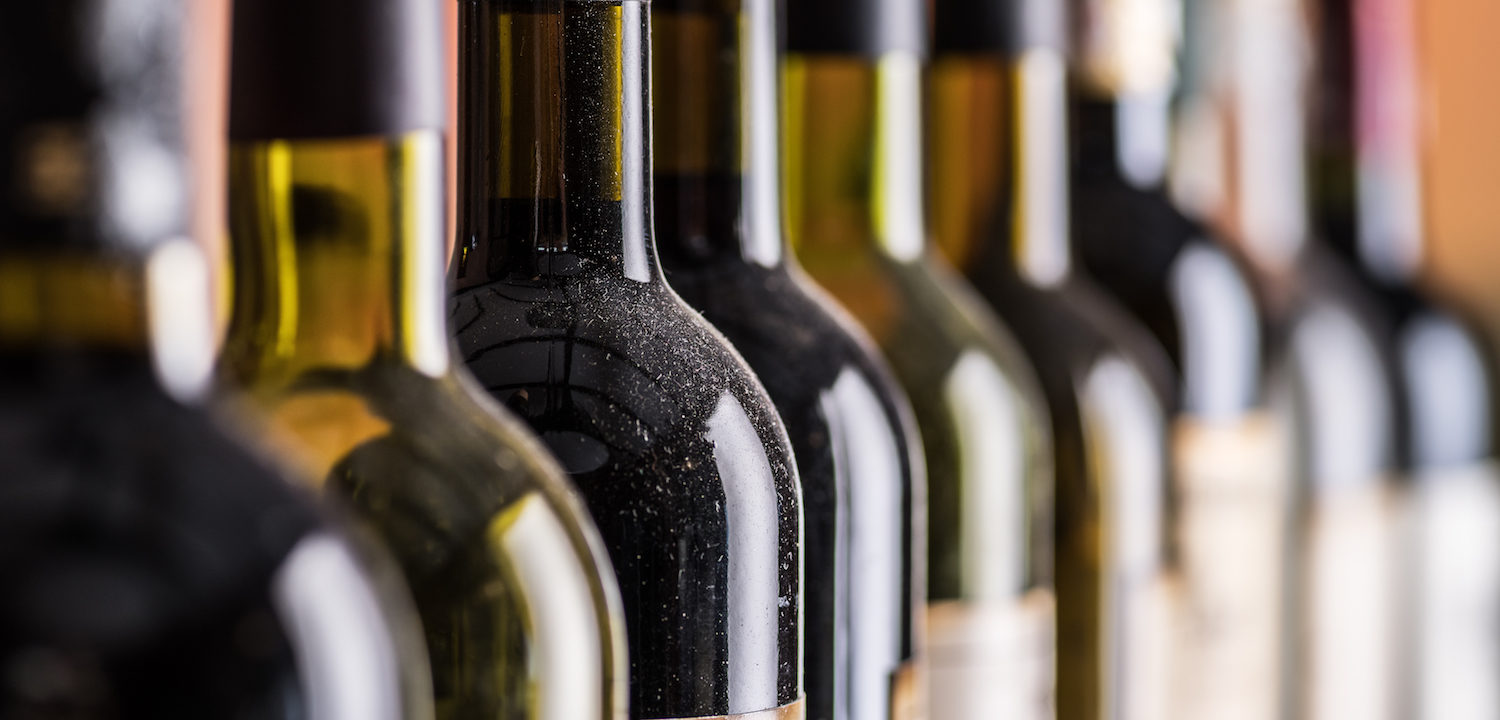
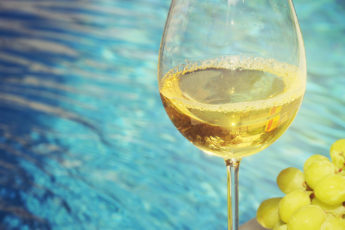
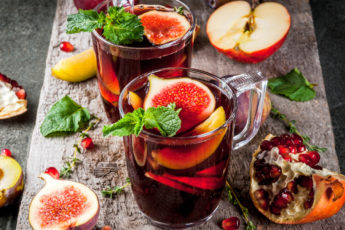
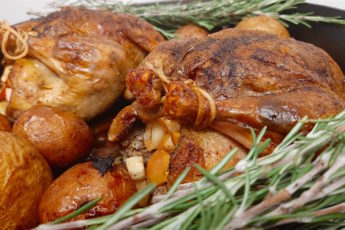

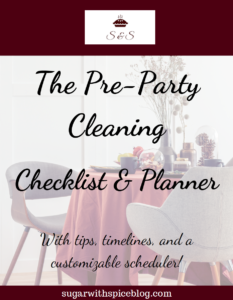


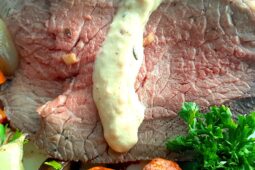
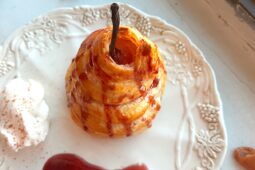
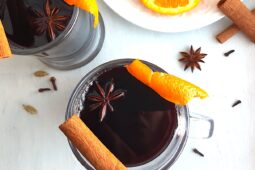
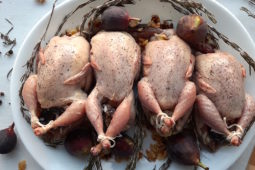
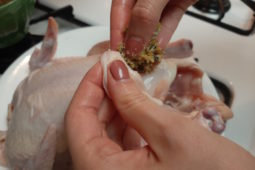
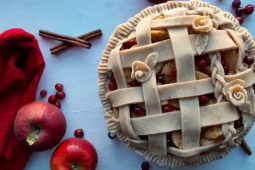
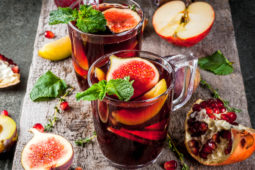
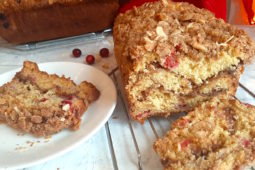
Leave a Comment